“Only when the tide goes out do you discover who’s been swimming naked.”
Warren Buffett
It’s been quite a few months.
The ubiquity of the word “unprecedented” has been, well, unprecedented.
The coronavirus (Covid-19) pandemic has tested individuals, institutions, nations and their systems and processes to breaking point. Many have been exposed.
I remain optimistic, though.
Crisis is often a catalyst for change. Progress is often born of adversity.
What a time for EdTech!
Undoubtedly, without it, lockdown learning would have been very different.
IT under the microscope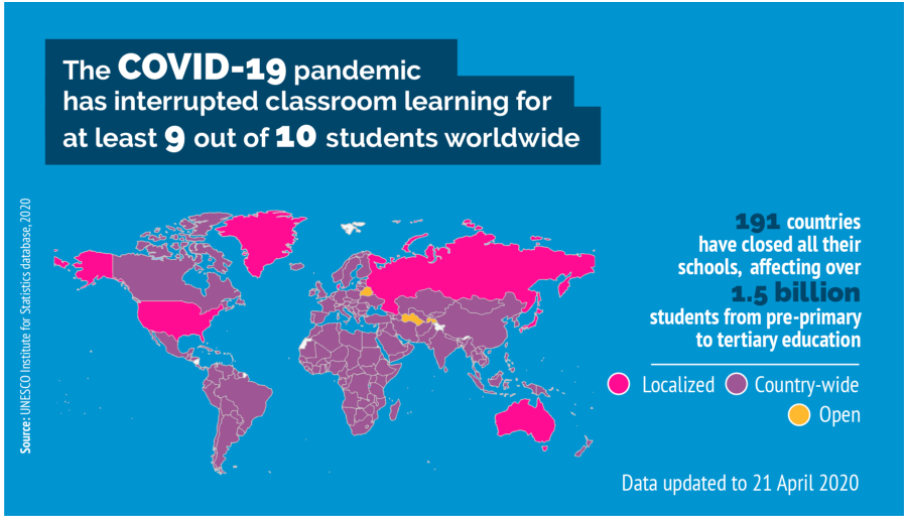
The pandemic has forced on schools a worldwide feasibility study of the effectiveness of remote schooling. With the wholesale and widespread adoption of online learning, schools rolled out tech which would in any other circumstances have taken months or years to bed in. This will no doubt provide much insight into what works and what doesn’t.
There were bound to be teething troubles: want of funds, training, and bandwidth. The Covid-19 crisis has highlighted the challenges both at school and home. Not every child has easy, around-the-clock access to a computer or speedy WiFi, or parents who can provide ready tech support
Those with the tech were able to …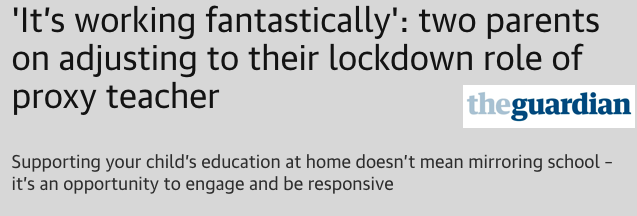
… seamlessly continue the setting of work and its assessment online, along with the delivery of lessons through videos, voice-over PowerPoints, and video chats and conferencing.
The many success stories will only boost the profile of EdTech and all it has to offer.
Teachers valiantly rose to the challenge of putting lessons online, and in many cases on YouTube.
Clear communications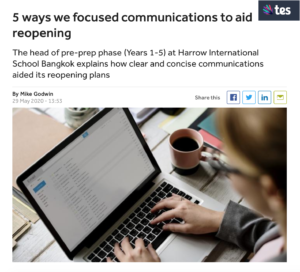
Times of crisis call for clear messaging. In times of a pandemic, miscommunication costs lives.
The best schools have been the best communicators, keeping parents up to date, in the loop and reassured throughout. They have rightly focused on pupil welfare as much as academic provision, emailing parents and pupils for progress reports, keeping lines of communication open, and keeping tabs on the most vulnerable.
Some heads put the feelers out last month, sending questionnaires to parents to assess the success of remote learning and parents’ thoughts on sending their children back to school.
Moreover, many heads have written and sent out detailed risk assessments and Covid-19 policies.
All this will certainly have eased the anxiety for many
And so back to school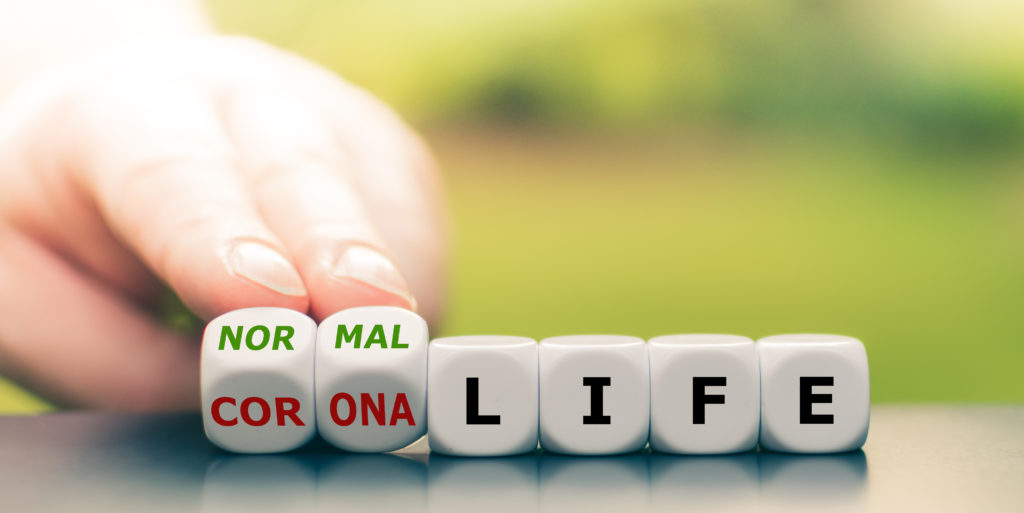
Of course, many schools never closed, providing for key workers’ children, as well as helping local communities with food parcel programmes and other support. Schools have never just been about lessons and homework.
However, at the time of writing, a phased return has begun, with pupils in Reception, Year 1 and Year 6 resuming some form of lessons. That’s more than two million pupils.
In addition, last week the government announced that pupils in Years 10 and 12 would return, in small numbers per day, from Monday 15 June.
Looking forward, what will the “new normal” look life for those pupils and their teachers
Systems and processes
The future’s uncertain, but one thing’s for sure: schools need systems that provide clarity and continuity in all situations, whether schools are open, shut or partially open.
Schools have done their utmost to put measures in place to reassure all concerned and reduce risk. We thought it might be of interest to offer an overview of what to expect.
We can’t cover all the measures here. They seem to change on an hourly basis. Each school and LEA differs. Some councils, Lancashire County Council for example, have ruled out opening schools just yet.
But here are some of the prevalent measures.
Mental health and wellbeing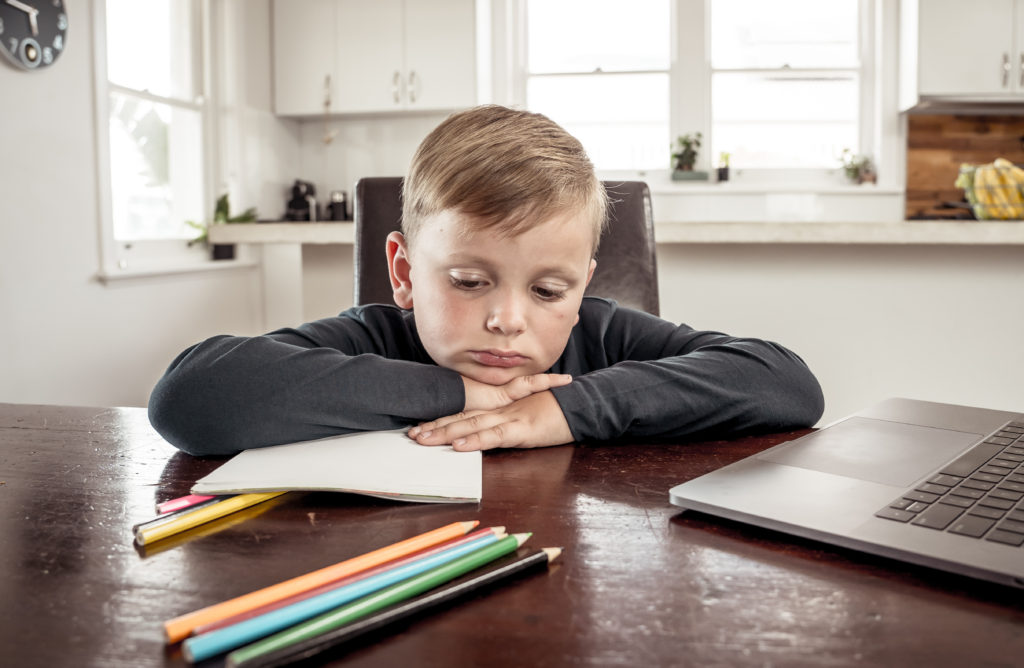
The biggest challenge, to my mind, will be settling kids back into the swing of things. Young people will need emotional as well as academic support. They’ll want reassurance. Let’s not forget that they’ve lost the whole “going to school” habit. Many parents report concerns that their children have become disengaged from their studies.
Many pupils and staff will have known someone who has died from the virus. Our thoughts are with them.
Ongoing online staff training on how to deal with bereavement will prove invaluable.
Assemblies, PSHE, and form time will never have been more important.
As children return, their schools will look very different.
Social distancing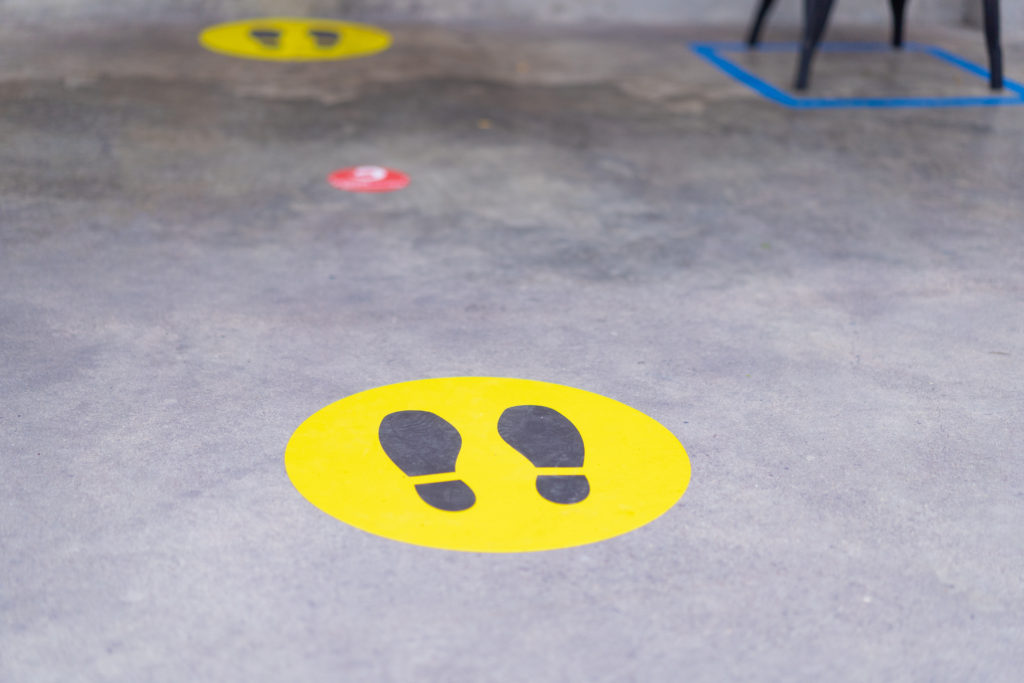
Social distancing seems like an impossible ask for many adults, let alone younger children.
Many schools are experimenting with staggered start times, along with one-way circulation systems within buildings, to ease congestion. Younger children used to spending a lot of time on the carpet will now be given their own little tables, in classrooms with far fewer pupils.
To minimise the number of other children with whom pupils come into contact, schools have set up “bubbles”, whereby some houses or year groups attend some days and not others.
Sanitation
Thanks to coronavirus, we’re all a lot better informed about how to wash our hands.
More seriously, school classrooms and corridors will be even better stocked with hand sanitisers and anti-microbial wipes.
Pupils will notice that windows and doors are kept open, as much as the weather and fire safety allows, to ensure good ventilation and to keep the virus at bay.
School cleaning regime have gone into overdrive, with special focus on surfaces that might be touched regularly, such as desks, chairs, doors, sinks, toilets, light switches, and bannisters,
Schools have instructed staff to keep their own workstations clean and remove all non-essential equipment.
Pupils won’t be sharing forgotten equipment such as pens, rulers or calculators any time soon. Teachers will miss using mini whiteboards.
Interestingly, the government have not, yet, advocated PPE.
And so…
… the jury is out on how effective all these measures will be. Only time will tell.
Will these systems allay the fears of pupils and parents?
Many parents chose not to send their children back to school just yet, with headteachers reporting 40 – 70% attendance on Day 1, Monday 1 June.
And let’s not forget the threat to vulnerable staff.
The very genuine fear is a new wave of infections.
A system of easing and tightening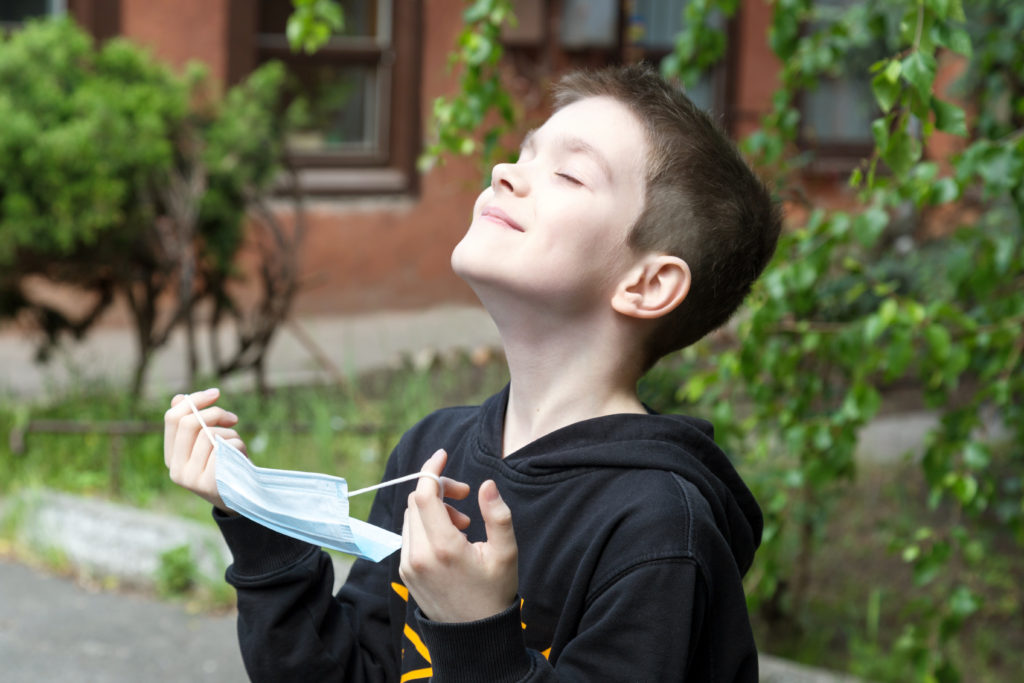
The system of easing and tightening the lockdown may become the “new normal”. Like turning a tap on and off, or thermostat.
Schools, I imagine, will follow suit, for example sending some kids home to ease congestion, and reduce risk.
Quick and easy communication remains a priority for all schools.
Milk’s latest tool in the box, “the new 2-way chat function”, lends itself to keeping pupils, parents and colleagues in the loop.
Final thoughts
That so much learning has gone on since March is a minor miracle and a testament to teachers’ determination and willingness to have a go.
Hats off to teachers, pupils and parents who have adapted so well to life and learning online.
I also feel, more than ever, proud to bang the drum for EdTech.
We’ve been sorely tested in recent months, but as ever resilience and resourcefulness will see us through.
I’ll finish as I began: with a Warren Buffet quote about investing but equally applicable to the world of education:
“The market might go up, the market might go down, the economy might fluctuate, but there will always be intelligent things to do.”
We really hope that you’re maximising your Milk.
And we’re always on hand to help.
Always give Tech Support your Milk ID.
You’ll get all the support you need.
Mike Dowling and the team at Milk










